
Ingredient
Iodine
"The Essential Element: Unveiling the Power of Iodine"
Iodine is a chemical element that appears as a shiny purple-black solid in its pure form. It has a distinct metallic taste and is odorless. In its natural state, iodine is not soluble in water but dissolves easily in alcohol or chloroform. It is commonly found in the form of iodide salts, such as potassium iodide or sodium iodide. Iodine is known for its ability to form a deep blue color when it comes into contact with starch, making it a useful indicator in various chemical reactions. In the culinary world, iodine is primarily used as a dietary supplement and as an essential component of iodized salt, which helps prevent iodine deficiency disorders.
Origins and history
Iodine was first discovered in 1811 by French chemist Bernard Courtois. It is primarily found in seawater and in certain types of rocks and soil. Historically, iodine deficiency was a widespread issue, particularly in regions far from the sea where access to iodine-rich foods was limited. This led to the development of iodized salt in the early 20th century, which successfully addressed the deficiency problem in many parts of the world. Today, iodine is recognized as a vital nutrient for human health and is included in various food products and supplements.
Nutritional information
Iodine is an essential mineral that supports thyroid function and plays a crucial role in regulating metabolism. It is also important for brain development, particularly during pregnancy and early childhood. A single teaspoon of iodized salt provides approximately 400 micrograms of iodine, which is the recommended daily intake for adults.
Allergens
Iodine itself is not an allergen, but some individuals may be allergic to iodine-containing compounds or have sensitivities to iodine-based contrast dyes used in medical procedures.
How to select
When purchasing iodine, look for products that are labeled as "iodized salt" or "iodine supplements." For iodized salt, check the packaging to ensure that it contains iodine as an ingredient. When selecting supplements, choose reputable brands and consult with a healthcare professional for personalized guidance.
Storage recommendations
To maintain the freshness and quality of iodine, store it in a cool, dry place away from direct sunlight. Keep it tightly sealed to prevent moisture absorption, as iodine can deteriorate when exposed to air.
How to produce
Iodine is primarily produced through industrial processes, such as extracting it from seawater or mining it from underground deposits. It is not typically produced on a small scale by amateurs.
Preparation tips
Iodine is most commonly used as iodized salt in cooking and baking. It can be added to various dishes during the cooking process or sprinkled on top as a finishing touch. When using iodine supplements, follow the recommended dosage provided by the manufacturer or as advised by a healthcare professional. It is important not to exceed the recommended intake, as excessive iodine consumption can have adverse effects on health.
Culinary uses
Iodine is primarily used as iodized salt in cooking and baking to enhance the flavor of dishes. It is a staple ingredient in many cuisines around the world and is commonly used in seasoning soups, stews, sauces, and marinades.
Availability
Iodine is commonly available worldwide, as it is widely used in the production of iodized salt and as a dietary supplement.
More ingredients from this category » Browse all
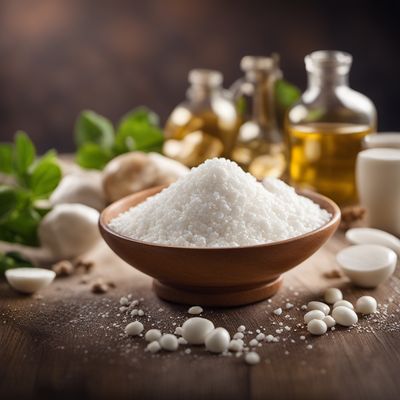
Selenium
"The Mighty Mineral: Unleashing the Power of Selenium"

Chromium
The Mighty Mineral: Unveiling the Power of Chromium

Zinc
The Mighty Mineral: Unleashing the Power of Zinc

Potassium
The Essential Electrolyte: Unleashing the Power of Potassium
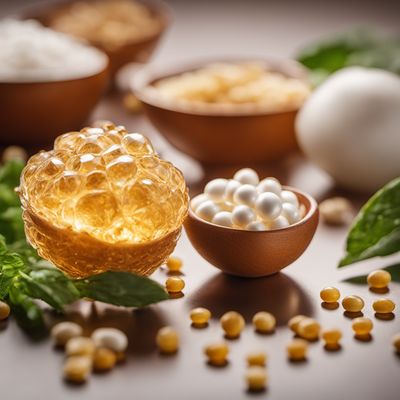
Molybdenum
The Essential Trace Mineral
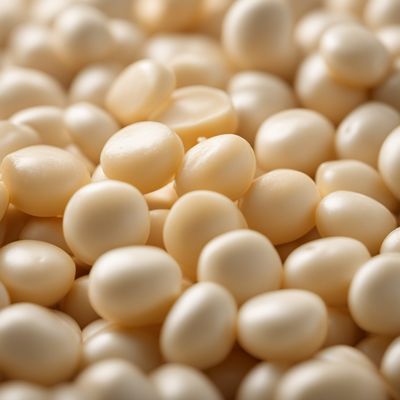
Manganese
The Mighty Mineral: Unveiling the Power of Manganese

Bromine
The Versatile Element of Bromine
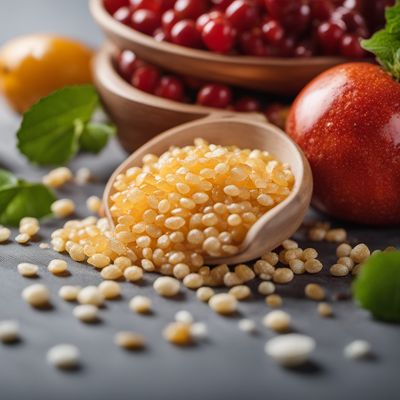
Iron
The Mighty Mineral: Iron
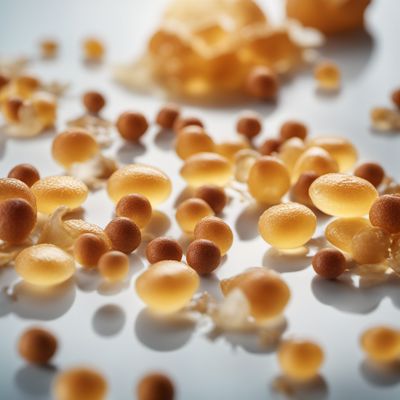
Fluorine
"The Mighty Element: Unleashing the Power of Fluorine"
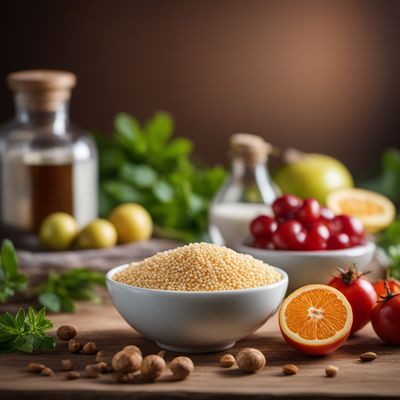
Phosphorus
The Essential Mineral

Copper
The Versatile Element: Unleashing the Power of Copper
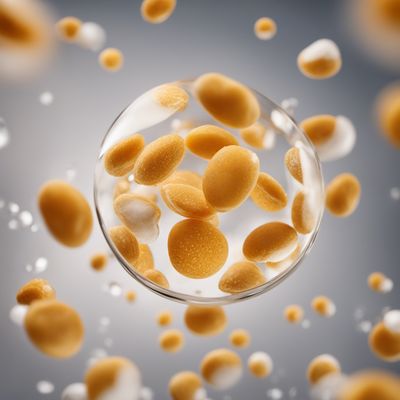
Calcium
The Mighty Mineral: Unleashing the Power of Calcium